Many of us are aware that being lonely does not mean being physically alone. As loneliness affects people in different ways, here are six basic types of loneliness. We also delve deep into the dangers of loneliness, how it feel to be tired of being alone and depressed and some useful tips to deal with loneliness. On this World Mental Health Day 2023, let’s try to understand loneliness a bit more.
“All I ever wanted was to reach out and touch another human being not just with my hands but with my heart.” ― Tahereh Mafi, Shatter Me
Everyone from time to time has felt lonely. Physically, you feel hollow and empty inside. As if something is missing within you. Emotionally, you feel alone, sad, and untethered.
For some, loneliness is a short-lived moment that changes when successful efforts lead to social re-connection. But for others, many others, loneliness is a chronic situation.
Though there are billions of us on this planet, our fast-paced, technologically advanced world is heightening loneliness. Research reports that chronic loneliness is increasing worldwide and is a public health concern.
Related: 10 Sneaky Signs of Loneliness Which Say You’re Lonelier Than You Think
Loneliness Dangers
Loneliness looms larger than painful emotional or physical experiences. Research shows that loneliness is really, really bad for our health. Here are some loneliness statistics:
1. Loneliness increases the likelihood of death by 26%.
2. Loneliness in young teens heightens the risk for mental health disorders.
3. Loneliness worsens your symptoms and length of illness when sick.
4. Loneliness lessens children’s immune responses.
5. Loneliness increases the risk of high blood pressure.
6. Loneliness raises your risk for heart attack by 29%.
7. Lonely individuals are at higher risk for disability.
8. Loneliness puts individuals at greater risk of cognitive decline.
9. Loneliness raises your risk 32% for stroke.
10. Loneliness raises the risk of poor physical health in children.
11. Loneliness increases suicide in the geriatric population.
12. Loneliness increases suicidal ideation and suicide attempts in teenagers.

When you consider the above statistics, chronic loneliness is not just bad for your health, it can be deadly. Experts believe we need to view loneliness not as just a social connection gone bad, but as a disease that needs early detection and treatments.
Types of Loneliness
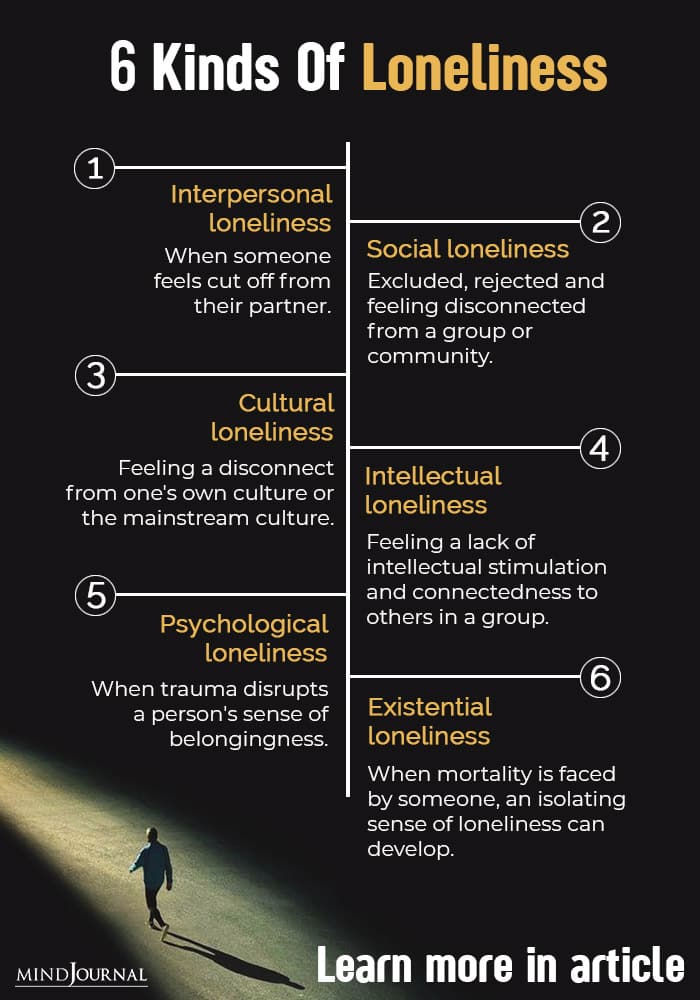
Loneliness is complex and unique to each person. One of the best ways to recognize if you or a loved one is struggling with loneliness is to understand the different types. Early detection of the beginning stages of loneliness helps interrupt the symptoms from taking root.
1. Interpersonal loneliness
This is the most common kind of loneliness children and adults experience. This is where a person is socially isolated, or perceives him or herself as cut off from a significant other.
2. Social loneliness
This where children or adults are excluded, rejected or perceives themselves to be disconnected from a group or community.
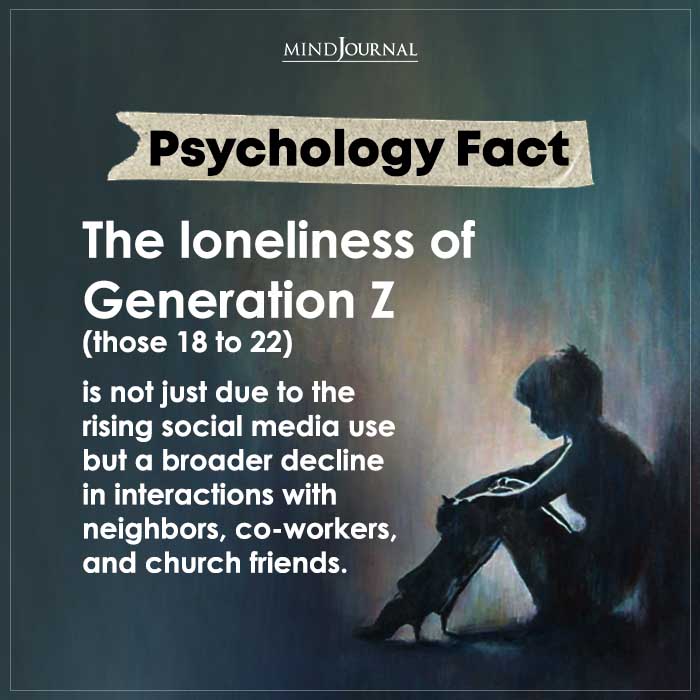
3. Cultural loneliness
When a person feels a disconnect from their own culture or the mainstream culture so much so that they feel they don’t belong anywhere.
4. Intellectual loneliness
Where a child or an adult feels a lack of intellectual stimulation and connectedness to others or a group.
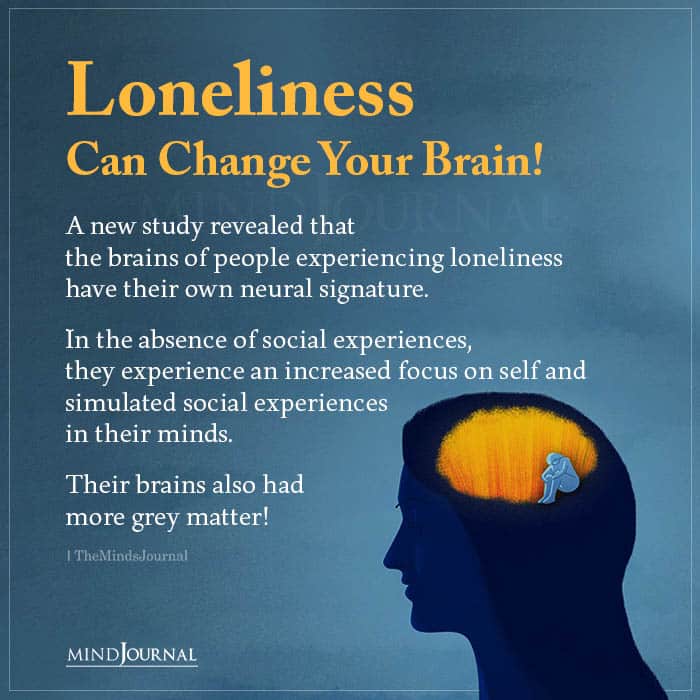
5. Psychological loneliness
When trauma disrupts a person’s sense of belongingness, loneliness can result. Because no one else can understand the trauma, social withdrawal can occur.
6. Existential loneliness
When mortality is faced by a child or an adult, an isolating sense of loneliness can develop.
Related: 10 Surprising Facts About Loneliness – The Minds Journal
Strategies to Reduce Loneliness
Fortunately, there is a cure for loneliness. The antidote is social connection. Here are some tips to kick loneliness to the curb.
1. Ask for help.
Reach out to friends and family with a phone call or a personal visit. Talk about your feelings of isolation to cue in your loved ones. If you have a significant other, tell him or her that you’re feeling lonely in the relationship. Sharing your feelings helps open the door to greater social involvement.
2. Find purpose.
Join a local community, church, or temple group that dovetails with some of your interests. Consider volunteering as another great way to make new friends and socialize. Become a mentor and pass along your wisdom to another person.
3. Seek a four legged friend.
Consider adopting a pet. Creating a bond with a dog, cat or other animal companion can ease feelings of loneliness and improve well being.
4. Unplug from computer/phone/social media and connect in real life.
Remember to disconnect from technology and put yourself into the real world. Studies show that offline interactions have more positive social effects than online activities. Young adults and teens who spend a lot of time on social media are twice as likely to feel lonely.
5. For homebound children or adults.
In-person visits, phone calls, and old-school mailed cards from you can lift symptoms of loneliness in a family or friend. If you want your loved one to have more involvement, seek services like “meals on wheels,” “visiting friends,” “pet visit programs” as well as “reach out and read library services” in your community.
Related: The Dilemma Of Loneliness: How To Stop Feeling Lonely
Want to know more tips to deal with loneliness? Check this video out below!
Loneliness may strike anybody, at any time and in any place. We hope that if you find yourself lonely or isolated, you will use these tips for loneliness to help you overcome it.
What do you think? Let us know in comment section below.
Written By Deborah Serani Originally Appeared In Psychology Today






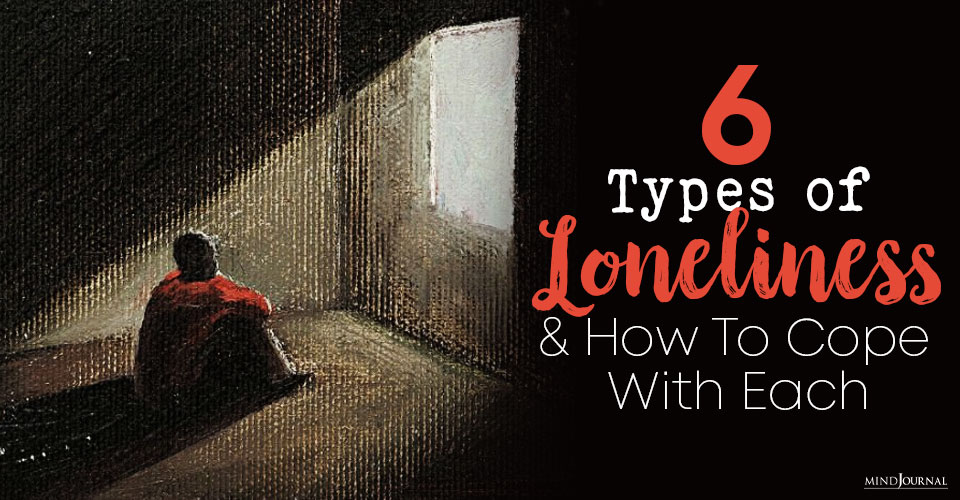

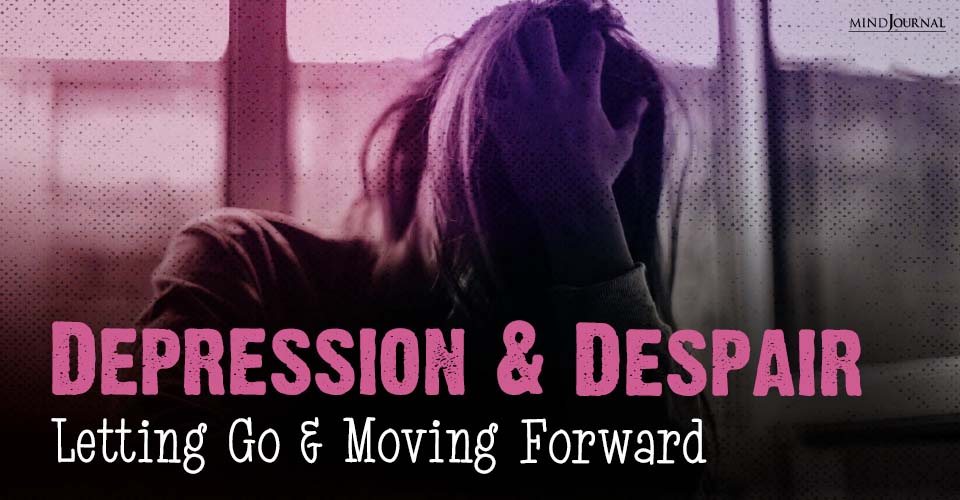

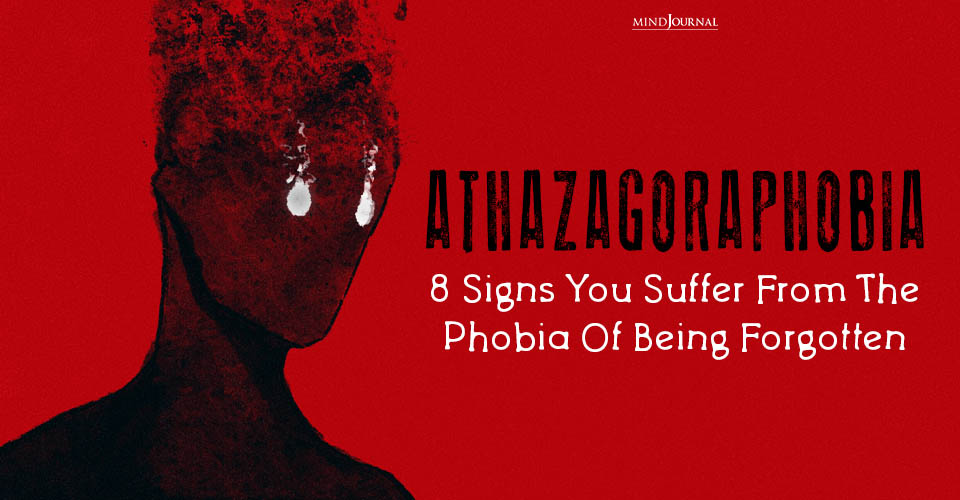
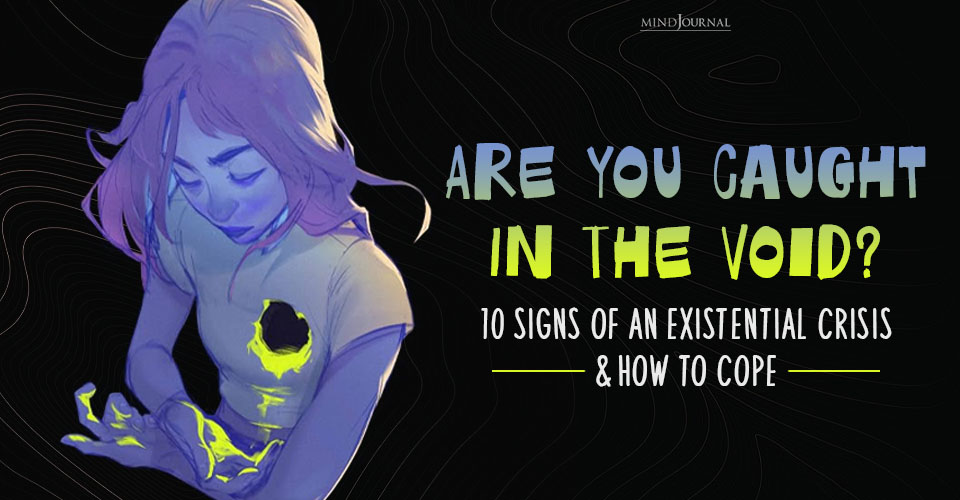


Leave a Reply